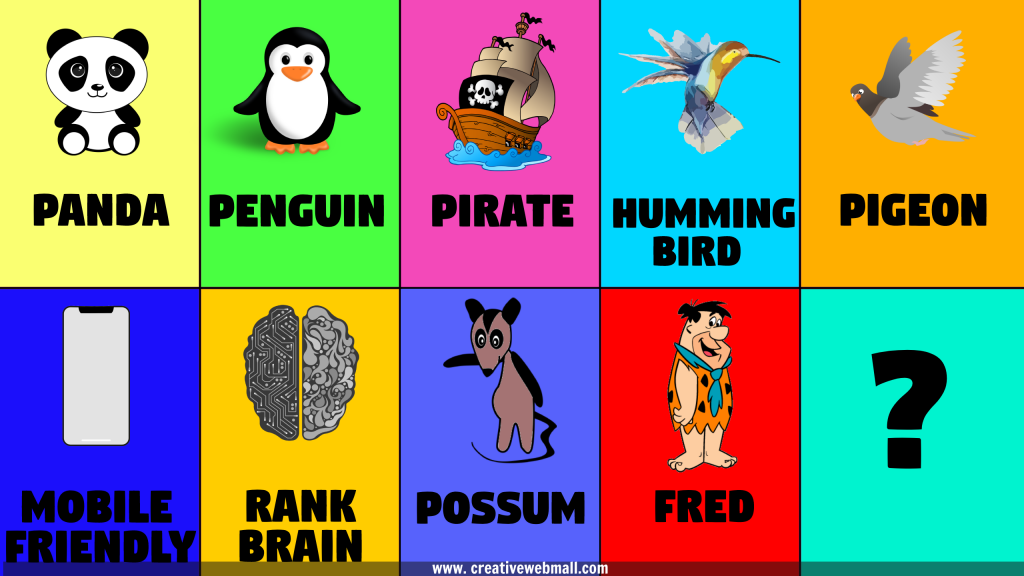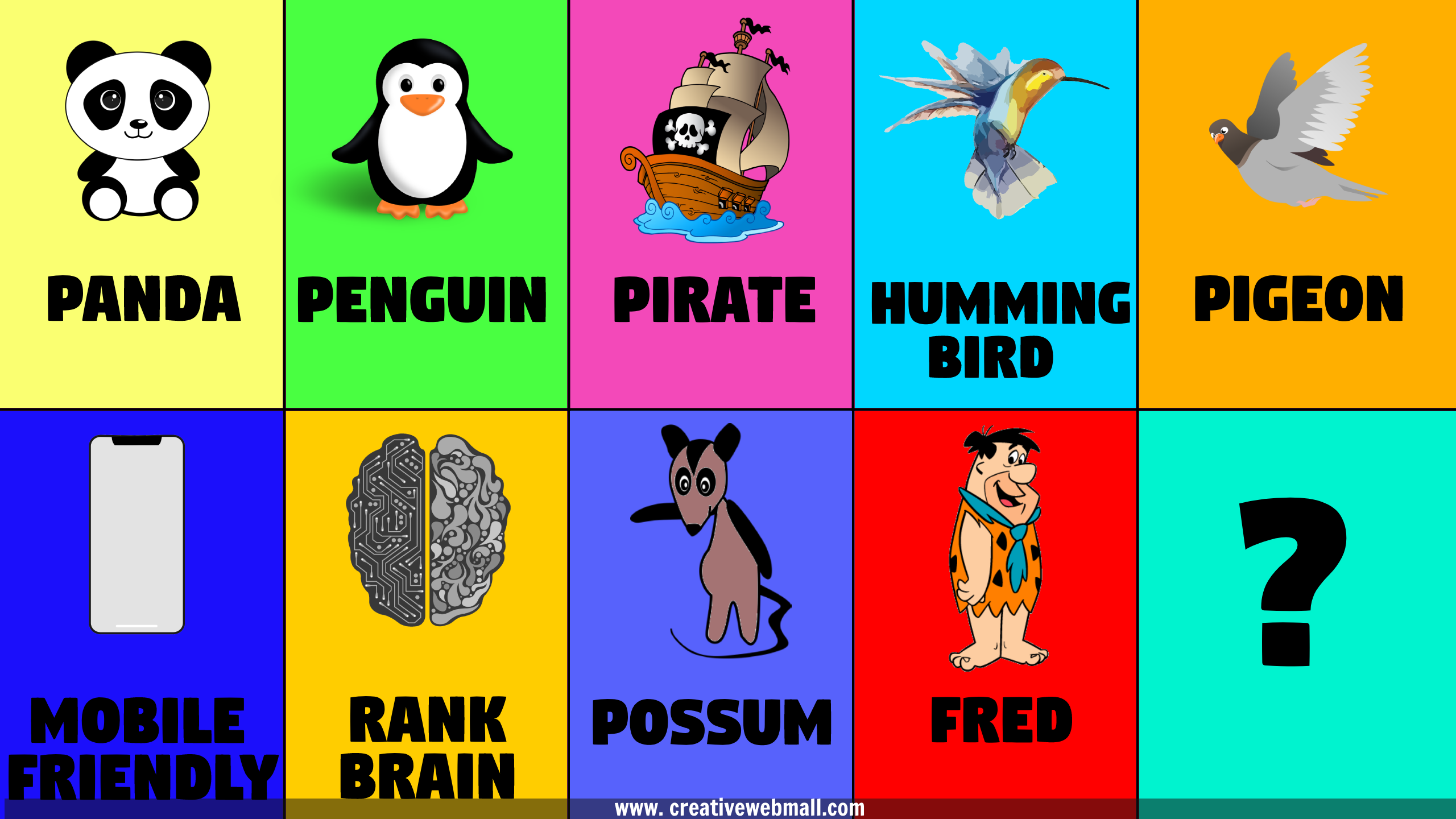
A new algorithm published by Google described a new way to improve web pages ranking shared by SEO company in Mumbai, India.
The new Google algorithms claim a significant improvement to network algorithms which calculates relevance. The new algorithm describes a method of ranking web pages called ‘Groupwise scoring function’.
Why this algorithm is important:
It begins by noting that machine learning algorithms label and give values to web pages individually. Each web page is in isolation with other web pages. The algorithms score the web pages in competition with other web pages to find out whether which web page is more relevant. The ranking algorithm understands much better what users want and choose a web page instead of ranking all the web pages one against another by reviewing the age of web pages first.
The new algorithm works:
It is important to note whether the researcher improved and advanced the state of the art when considering algorithm research. It was concluded by the researcher that this new method improves deep neural network and tree-based models. In other words, it is useful. Google never explains if an algorithm is used and how it is used. But these algorithm provides significant improvements and can improve the likelihood of an algorithm which may be used by Google. It helps to know the value of retrieval research. For instance correlations, studies caused the belief in the SEO community that Facebook likes were a ranking factor but if they bothered to read research papers, they would have known that such thing was highly unlikely.
How this help in SEO:
The old ranking factors like anchor texts, heading tags and inks are diminishing its importance. Knowing what users want can help you better understand their needs and also to create those web pages that better meet those needs which may help to increase the ability to rank. Even if Google isn’t using this algorithm, the concept is still useful to rank web pages as it shows how relevant pages may provide clues to what users want.

